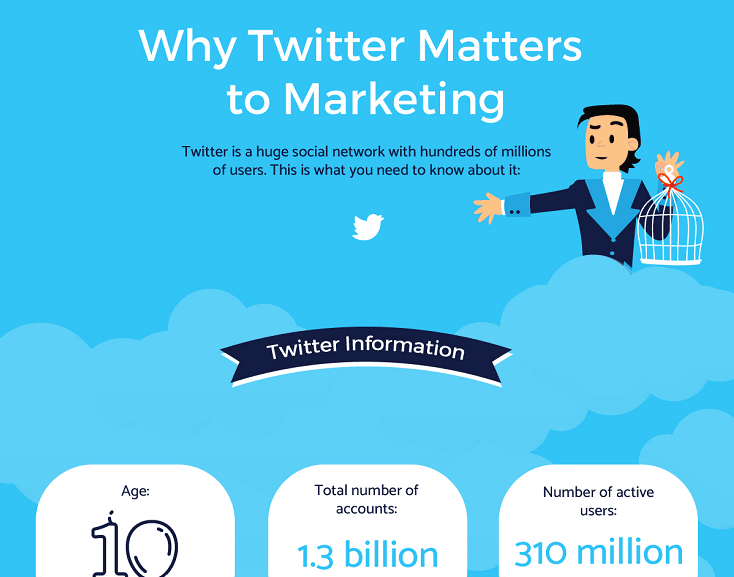Most customers have little insight on what exactly happens between clicking “confirm purchase” and receiving their order at their doorstep. But companies who manufacture, distribute and sell products to consumers and other businesses do. In fact, they are responsible for organizing a slew of processes to flawlessly fulfill their customers’ wants and needs, known collectively as the order-to-cash cycle.
What in the world is “order to cash”? Also known as O2C or OTC, it is the “series of processes starting with a customer order and ending with the receipt and payment by the same customer.” As IndustryWeek notes, typical stages broadly include order placement, processing, preparation and shipment.
How companies approach their O2C cycle impacts everything from revenue to customer retention, return on investment and productivity. Long wait times and delayed orders tend to repel customers, who may even ask for their money back. Errors eat into employees’ productivity and company profits. Security weaknesses threaten everything from financial records to internet-connected machines. In short: it’s highly beneficial (and entirely non-optional) for companies to streamline their order-to-cash cycle.
Wipro studied the effects of speeding up the O2C cycle for a large communications provider. By tweaking their operating model, the cycle time improved by 25 percent and the company’s cash flow increased by $48.5 million. How did they go about streamlining their O2C process? Here are key changes made across four categories:
Process: using Value Stream Mapping to improve bottlenecks; tracking time it took for end-to-end orders; automating certain processes
People: forecasting demand; adjusting team member access; establishing standard lead time for each type of order
System: sending alerts to leadership and management; automating online requests and task allocation
Customer: implementing an order management help desk; generating list of task owners for customer follow-up and closure
It’s clear from this example that automation is the name of the game when it comes to smoothing out and speeding up order to cash, which is why more companies are making the jump to cloud-based enterprise resource planning (ERP) software. Manual processes leave room for important tasks to slip through the cracks or encounter human-caused delays—one tardy approval, inspection or resolved ticket can set an entire cycle back by hours, days or even weeks. Manual processes also reduce visibility across the company because different departments may lack access to centralized, real-time information that holds the key to collaboration.
For example, sales order automation can take a clunky, expensive manual process and turn it into a lightning-quick automated one. Whereas employees used to have to manually enter sales orders into ERPs as part of their workflow, this tedious task becomes much more efficient with the right system in place. This shaves down operational costs and ultimately speeds up order fulfillment, leading to more satisfied customers. The largest challenge is standardizing order formats up front to fit your given ERP; after that hurdle, the process pretty much runs itself.
It’s also important to use technology to bridge the gap between various stages in the O2C cycle. How long does it take your company to translate a completed customer conversion into physical action? As Best Practices in Order-to-Cash and Procure-to-Pay says, one best practice is sending an automated signal from your order management department to manufacturing “based on requested ship date.” This way, you’ll eliminate delays and miscommunication so your products can head off to their intended destinations sooner.
There are automation opportunities like this one at every step in the order-to-cash cycle. It’s time to stop asking yourself “What in the world is order to cash?” and start streamlining this set of distinct (yet interconnected) processes. Your bottom line will thank you.
Community manager at Visual Contenting. Jacqueline loves to talk about social media trends, new technology and how they help businesses accelerate their marketing efforts.



